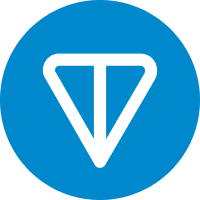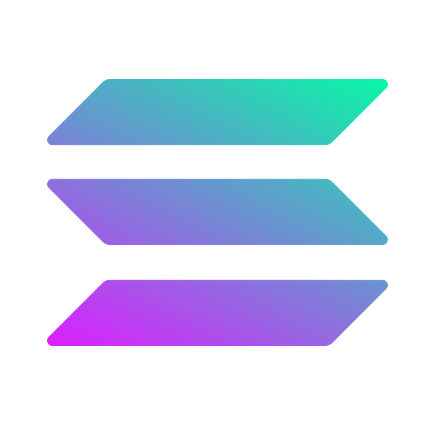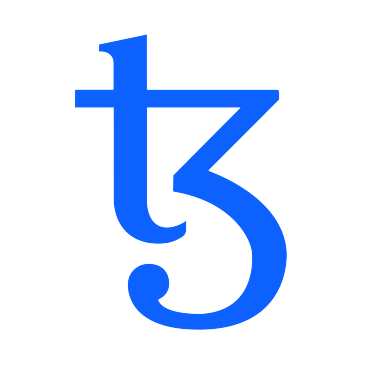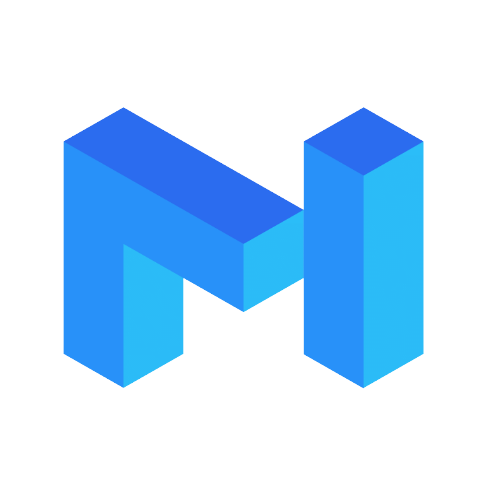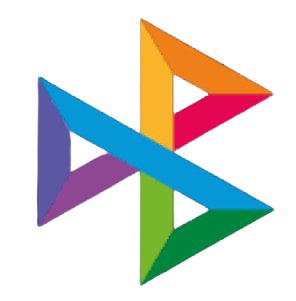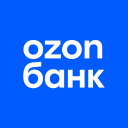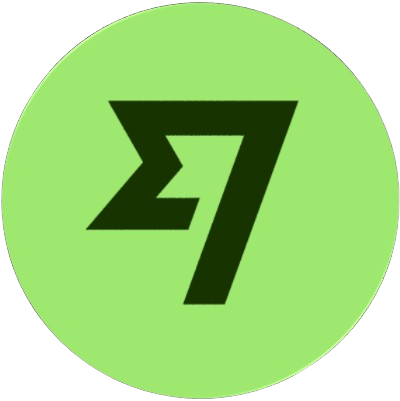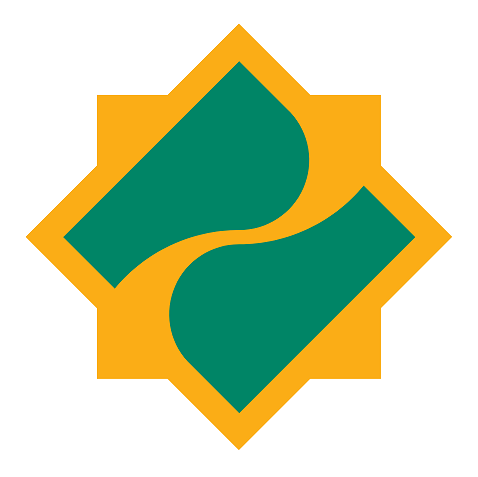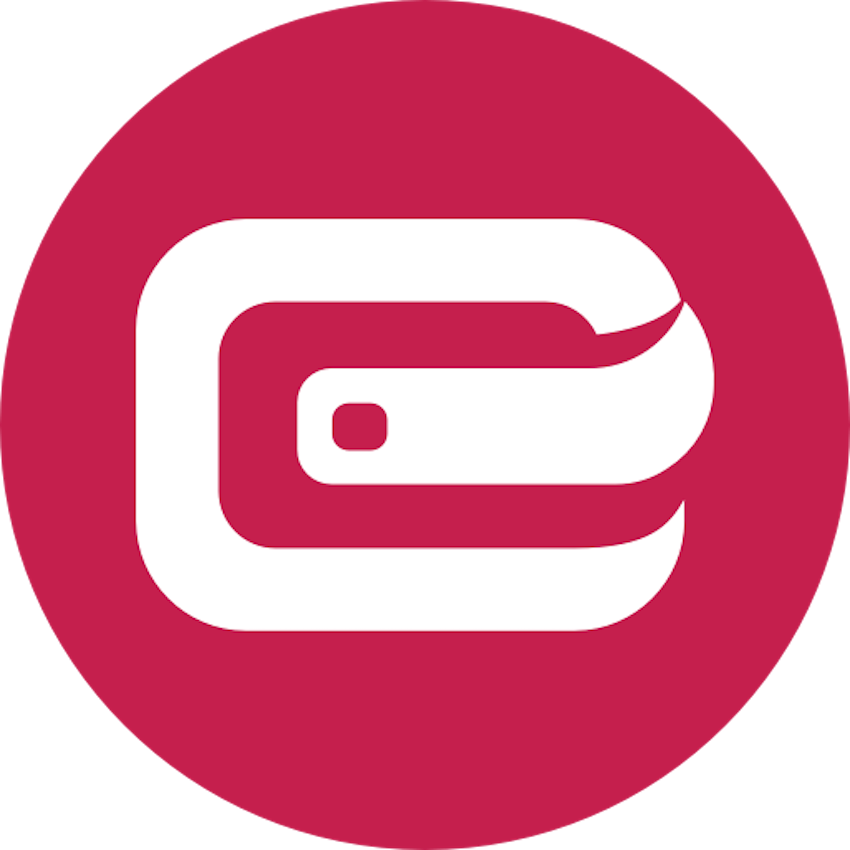Tezos. History of cryptocurrency
A lot of scandals revolve around the Tezos cryptocurrency since its inception. Despite its controversial reputation, this digital currency is a promising alternative to Bitcoin and Ethereum. The company has experienced a number of ups and downs, after which it took good positions on the top crypto exchanges.
About the project
For the first time, Arthur and Caitlin Braitman thought about creating their own cryptocurrency more than 8 years ago. 2011 marks the first preparatory stages for the implementation of the idea. Active work on the project began only 3 years later. In 2015, the spouses decide several important issues:
technical foundations of cryptocurrency;
registration of legal documents;
preparation of WhitePaper - an official message containing the main provisions of the project.
The ICO was launched in mid-2017. As a result of the launched campaign, the developers managed to raise more than $ 230 million in a short time. This result brought the Tezos project the status of one of the most successful - taking into account all the previous cryptocurrencies. Each user could participate in the primary distribution, since the creators did not provide for restrictions.
There was only one rule for investors. They will not use Tezos coins in transactions for four months after the end of fundraising. The Braitmans were late with the launch of the digital currency, which caused confusion among those who supported the idea. The couple even had to face a string of lawsuits from outraged investors who felt cheated.
The developers made themselves felt in the summer of 2018 when they announced the launch of the platform for the Tezos cryptocurrency in beta mode. But the outflow of disappointed depositors brought its negative consequences - the positions of the XTZ token fell significantly. The previous owners of the coins tried to get rid of them in order to compensate for their losses.
Today, the main characters in the Tezos team are:
Arthur Braitman is a founder of the company with experience at Google X and Goldman Sachs.
Caitlin Braitman is a co-founder of the company who has worked for R3, the Wall Street Journal and Accenture.
Ryan Jespersen is an investor in the project who later became the head of the Tezos T2 Foundation. He helped to strengthen the company and did not let it "fall apart" during the period of legal and financial problems.
Opportunities
The Tezos platform was conceived by the developers as a decentralized system that is capable of self-government through the technologies used in smart contracts. The Braitman project resembles Ethereum algorithms in structure and way of work. At the same time, Tezos gets rid of some of the shortcomings that were inherent in Ethereum (a type of on-chain governance).
The modular design of the platform provides the option of adding corrections to the protocols. An enhanced version of consensus (PoS) is used to change protocols. All netizens have the right to vote on the application of any changes.
Self-renewal of the network allows Tezos cryptocurrency to take a special position in the market. The architecture of this coin is divided into three sections:
network protocol;
transaction protocol;
consensus protocol.
These protocols are independent of each other and can work in isolation. For example, the network protocol can be updated without affecting the operation of other sections of the platform. This feature is explained by the Ocaml programming language, which was chosen as the basis for Tezos.
The revolution that cryptocurrency has made is the choice of an alternative consensus algorithm. If Bitcoin and similar digital currencies stopped at Proof-of-work, then the Braitmans were the first to switch to DPoS. The short meaning of DPoS is to divide platform participants into two groups - voting and validating. The user can nominate himself for the position of the validator ("approver" of transactions), after which a vote will be held.
The use of Delegated proof-of-stake enables the implementation of a Gouvernance approach that increases user engagement in the future of the platform. Participants are given the right to vote and comment on desired innovations. But this right belongs only to those persons who are owners of XTZ. An additional benefit of DPoS is the acceleration of transactions.
How Tezos is created
The company has developed a separate name for the mechanisms for creating and confirming blocks, which sounds like "Baking" or baking. From a technical point of view, this process is analogous to mining. The individuals who take part in creating the blocks are called "bakers" or "bakers". Bakers provide the very possibility of the existence of a PoS consensus, since they act as guarantors of the conducted verifications. Thanks to them, the chances of double-spending attacks are reduced.
If a platform participant wants to "conduct" the system, the system will deprive him of the deposit. XTZ tokens are bonuses for bakers conscientious fulfillment of their tasks. Each user can claim to be a "baker". To do this, he needs to leave a request on the website tezos.com, which will be reviewed in the near future.
Baking consists of three sequential stages:
The algorithm selects coins that will subsequently take part in the creation of blocks.
The owners of these coins are notified that their coins have been selected for this task in about a month. They will be required to make a deposit. The size depends on the number of blocks that the participant will then create.
The amount entered by the user is frozen. Its defrosting occurs after the participant copes with his task. After that, a bonus for successful work is added to the user account.
The average bakers income for taking part in the formation of blocks is about 30% of the size of the deposit. In WhitePapers, the deposit is called a promissory note. He is one of the guarantors that the user will honestly perform the function assigned to him.
To improve the formal validation of online operations, developers built a smart contract environment from scratch based on Michelson. Mathematical verification operations are responsible for the correctness of the computer codes that are used by the platform. A similar method is used in banking and aerospace.
Is Tezos endless?
At the time of the ICO, the cryptocurrency was endless. The developers wanted to attract more investors to their project, and therefore chose the option of issuing tokens on an unlimited scale. Subsequently, this strategic decision brought significant losses to the companys leaders. The constant increase in coins was followed by market glut. The result of these manipulations was a sharp drop in the cryptocurrency rate.
Strengths
The main advantage of Tezos cryptocurrency is its versatility. The goal of the developers was to create a platform that would be able to overcome all the dilemmas affecting distribution networks. Other pluses of the system include the following:
Forks abolished. They are carried out by systems in order to correct the operation of the protocol. The team proposed to get rid of the use of the project code base to start others, thereby eliminating forks as such. In the Tezos system, all protocols work independently of each other, do not interfere with codes of other levels.
The use of smart contracts that involve formal verification. The presence of a virtual machine designed specifically for Tezos is one of the reasons for the platform to work correctly. The Michelson language is involved in the creation of smart contracts that minimize errors in computer codes.
Application and improvement of the PoS algorithm. The algorithm has three obvious advantages: it "eats" less energy resources, shortens the token transfer period and reduces the risk of a 51% attack.
Developed voting system. The Tezos platform welcomes the active participation of users in the life of projects. The network is built so that participants can not only vote for certain innovations, but also propose their own. This communication method is applied in practice thanks to the DPoS algorithm.
Openness of the platform for new ideas. The Tezos team accepts suggestions from independent experts to help improve the system. For the proposal to receive the green light, platform users must vote for it. Developers reward participants for being innovative.
The project also has weaknesses, but their number does not outweigh the positive aspects. The controversial aspects of the project include two points:
The platform structure is based on a rare programming language. Ocaml has low popularity among modern digital projects, and therefore has a small number of followers. This factor reduces the target audience of programmers who could contribute to the development of the project.
Unlimited issuance of tokens during the crowdfunding period led to a depreciation of the tokens. Non-stop emission naturally leads to market oversaturation. The consequence of this short-sighted policy was a drop in the value of XTZ and a decrease in the number of buyers.
Tezos in TOP currencies
By the end of 2019, Tezos is ranked 15th in the cryptocurrency rating, which is provided by the CoinMarketCap resource. Over the entire period of being on the digital market, the price of one coin increased to $ 11.21. This was the cost of the coin at the beginning of 2018 - until the moment of the massive outflow of investors from the project. Already in July of the same year, the price of the coin dropped several times and reached $ 1.69. The drop in the course coincided with the announcement of the testnet launch by the developers.
Investors expected to see a final product from the company that can be used, but were disappointed. The novelty of the Tezos cryptocurrency is its strong point, since the team still has time to accelerate. The scandalous history of the project did not make him the best reputation. Therefore, today Tezos is not represented on all exchanges. The cryptocurrency is supported by about 20 exchanges, among which are:
Binance;
Bitfinex;
Kraken;
Coinbase Pro;
Huobi.
Tezos coins can be exchanged for coins of other cryptocurrencies (such as Bitcoin and Ethereum) or for US dollars. There are several ways to store XTZ tokens. This option is available for Ledger and Trezor hardware safes or the official TezBox wallet. The presence of accounts in TezBox and Ledger gives platform users the right to participate in baking.
The problems that accompanied the development of the cryptocurrency did not prevent the company from concluding a number of lucrative partnership contracts. Today Tezos partners include:
OCaml Labs - the company facilitates the study of the selected programming language by the Tezos team. It provides developers with enhanced access to its library.
Inria is a French institute that specializes in the study of computer science. Experts check the codes developed by Tezos for possible errors.
IMDEA is a project that is interested in the creation of research centers and universities in Madrid. In the context of the collaboration, Tezos is funding a range of training programs for students who specialize in blockchain at the Technical University of Madrid.
PwC Switzerland is an audit services company. The companys specialists conduct an external audit of financial transactions by the company.
Tezos future remains hazy for many analysts and investors. Some experts see this cryptocurrency as a way to overthrow the all-powerful Bitcoin. Others believe Teizos will live on a par with the leading digital currencies.

 Русский
Русский  English
English  中文
中文  عرب
عرب  Eesti
Eesti  Español
Español  Deutsch
Deutsch  Български
Български  Türkçe
Türkçe  ქართული
ქართული 